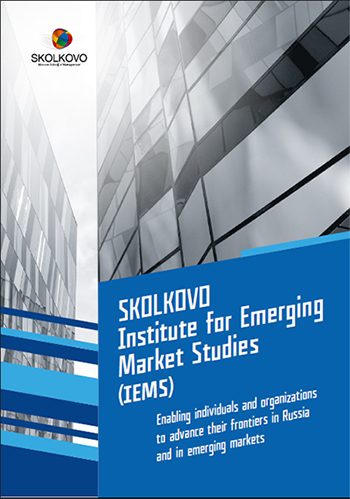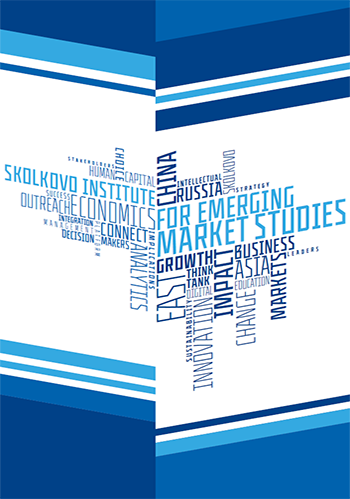The Digital Life of Russian Regions 2020. What Defines the Digital Divide?

Now that digital technologies have become a key driver of social and economic development of companies, regions, and countries, the problem of the so-called digital divide, or the gap between the levels of technological capabilities, is growing increasingly acute. This divide can be observed within each country and between regions or social and demographic groups. Some degree of digital divide objectively exists at all times, but beyond a certain level it becomes socially and politically unacceptable — when people from information-deprived regions or social groups find themselves in “another universe” in terms of their economic and social opportunities. It is critical to answer two questions: does the degree of digital divide increase or decrease over time in “natural” conditions, and are there scenarios for the independent bridging of the digital divide by underperformers?
The majority of the world has moved beyond the “primary” digitalisation—creating the necessary Internet access infrastructure—to the “secondary” stage, i.e. creating as many individual digital solutions as possible that unite into comprehensive multidimensional systems. Such systems generate a network effect where the value to users grows faster than the number of system participants. To evaluate the processes of secondary digitalisation, the Moscow School of Management SKOLKOVO developed a seven-dimensional model of “digital life” back in 2014, and then proceeded to test it on Russian million-plus cities. In the new wave of the study, the sample included all the capitals of the constituent entities of the Russian Federation, as well as a number of major non-capital regional centres— 91 cities in total. The expanded analysis scope made it possible to compare cities that differ greatly in terms of their size, income level, economic structure, and history. The second-tier digital divide between Russian regions is considerable: the final Digital Life Index score of the leading cities (Krasnodar and Ekaterinburg) is almost 5 times higher than that of the trailing city (Magas-Nazran). At the same time, supply is distributed much more evenly, with only a three times difference between the leading and the trailing city; the resulting digital divide has more to do with gaps in digital demand determined by the population’s digital skills. The correlation between the city’s size and the vibrancy of its digital life is not linear: small cities (with less than 100,000 people) have higher scores than cities with a population of 100–200,000. In terms of demand, they even surpass cities in the 500,000 to 1 million people range, being second only to the million-plus cities. At the federal district level, the Ural Federal District and the Central Federal District take the lead. Despite Krasnodar’s leadership among cities, the Southern District is in the middle of the list, while the North Caucasian District is at the bottom.
Statistical analysis of the contributory factors revealed a picture similar to the well-researched digital divide between countries: human capital and expansionary policies play the key role, while the resource capability factor is not so significant. The results inspire a certain amount of optimism, since the digital divide can be bridged through purposeful strategic actions rather than by pouring resources into the regions. Each region can and should aim to develop its digital life to the fullest to experience significant results, such as:
- Acceleration of social and economic development and improvement of the quality of economic growth (fixing the existing structural imbalances in the well-resourced primary producing regions);
- Fair access to social and economic resources, reduction of inequality, and provision of inclusive opportunities;
- Decent quality of life with opportunities for self-fulfilment;
- Development of the region’s soft power and competitiveness both on the national and the global scale.
What are the benefits of a well-developed digital life for a region? What can be gained from secondary digitalisation? A previous study by the Moscow School of Management SKOLKOVO demonstrated that digital technologies matter a lot when it comes to the general perceived quality of the urban environment. They are turning into key competitive tools for cities and regions in the national and global human capital markets, helping them to attract, develop and retain successful, ambitious, and innovative people who can give a fresh impetus to the regional social and economic development. Thus, bridging the digital divide must be an integral part of any answer to the challenges faced by all Russian regions.
Contact us
-
SKOLKOVO IEMS
+7 495 539 30 03
SKOLKOVO Sustainable Business Center monitoring
Leave your contact details and we will send you our monthly monitoring



